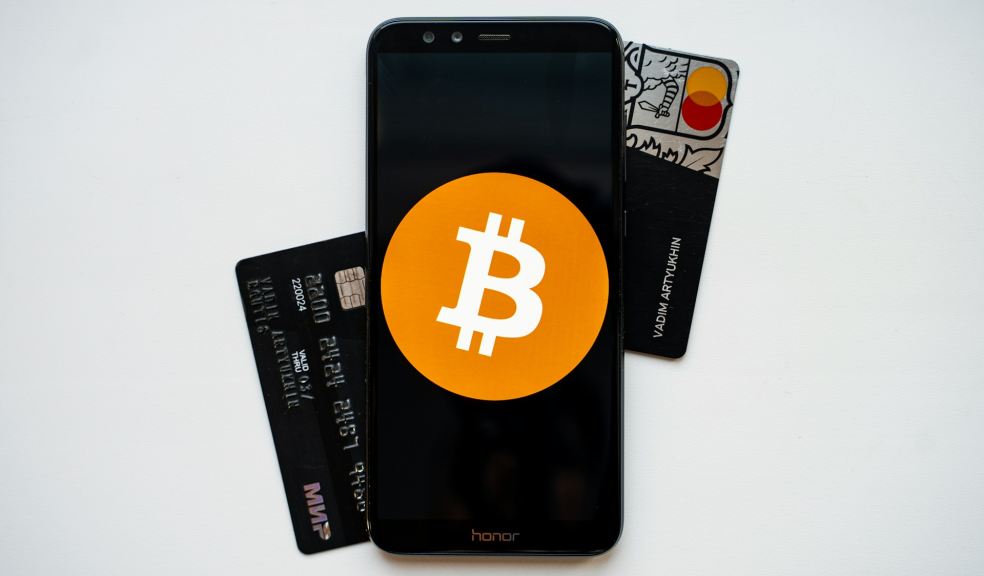
Crypto Cards, Their Types, Benefits, and How They Work
In a world where digital assets are becoming part of daily life, crypto cards are bridging the gap between blockchain wallets and real-world spending. Whether it’s grabbing a coffee or booking flights, these cards make it possible to use your crypto just like fiat, while earning perks along the way. A standout example is the WhiteBIT Nova crypto card with cashback, which blends seamless usability with generous crypto rewards, making it a go-to option for everyday crypto users.
Digital Asset Integration in Day-to-Day Life: How Crypto Cards Operate and What Types Exist
Crypto cards are physical or virtual cards that allow users to spend cryptocurrency like traditional currency. While the underlying asset is crypto, the transaction itself is completed in fiat. Here's the catch — vendors don’t actually receive Bitcoin or Ethereum. Instead, the card provider converts your crypto into local currency through an automatic crypto-to-fiat conversion, then settles the transaction instantly.
There are two main types of crypto cards:
- Prepaid/debit crypto cards. These require users to preload funds using crypto. Once topped up, they can be used anywhere that accepts Visa crypto cards or Mastercard crypto cards. Think of it as loading your Bitcoin onto a card, which then spends like dollars or euros. To use a debit crypto card, you have to preload your linked exchange account with funds.
- Crypto credit cards. These work more like traditional credit cards. Instead of preloading funds, users borrow against a credit line and earn crypto rewards (like cashback in BTC or other tokens) on eligible purchases. The card bill is later paid off in fiat, similar to a standard credit card.
Crypto card issuers are usually exchanges or fintechs licensed to operate in certain jurisdictions. Users must complete KYC verification, and in the case of crypto credit cards, sometimes a credit check.
Whether it’s online shopping or ATM withdrawals with crypto, these cards make it easy to incorporate digital assets into daily routines, all while relying on blockchain technology in payments for secure transactions.
Crypto Rewards and Other Benefits of Having a Crypto Card
Besides flexibility, one of the major draws of crypto cards is the perks. Depending on the issuer, cardholders can unlock benefits like:
- Cashback in crypto (e.g., BTC, ETH, USDT) on every purchase
- Discounts on services like Spotify, Netflix, or even travel bookings
- Zero or low foreign transaction fees for international spending
- Instant spending of crypto without going through an exchange manually.
The digital asset integration offered by crypto cards means traders and enthusiasts no longer need to sit on their holdings or cash out manually to use their profits. Instead, they can spend directly from their crypto balance — no need to constantly jump through hoops.
Of course, it’s not all sunshine and rainbows. Users should be aware of the volatility risk — if you’re holding ETH and it drops 10% before you make a purchase, you’ve essentially lost buying power. Moreover, in many countries, every transaction could be a taxable event. That means even buying a sandwich might come with a capital gains tax obligation.
Crypto cards are turning digital assets from speculative holdings into usable currency. With options ranging from debit cards to crypto credit cards, and providers offering rewards, ATM access, and support for Visa and Mastercard cards, it’s clear they’re playing a big role in the real-world adoption of crypto. Whether you’re spending stablecoins or staking your rewards, these tools are making it easier than ever to live on crypto, one swipe at a time.











